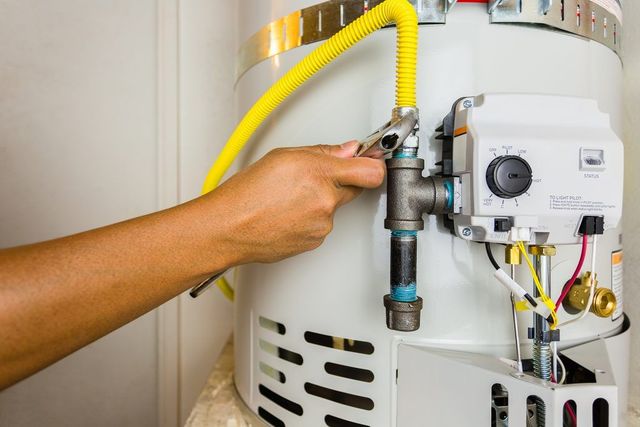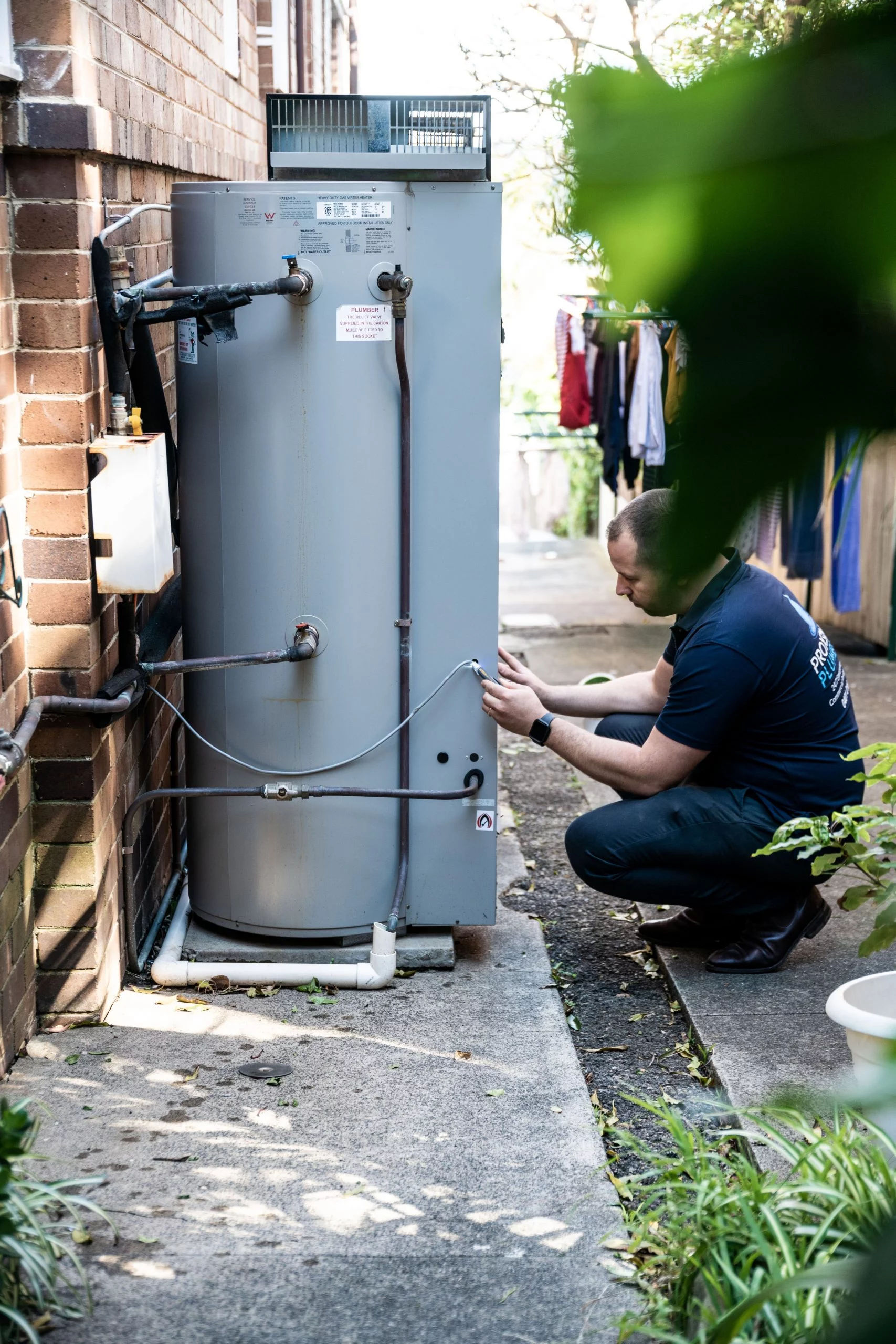Right here on the next paragraphs you can find a bunch of worthwhile answers with regards to Tips For Maintaining Your Hot Water Heater.

Warm water is important for day-to-day comfort, whether it's for a refreshing shower or cleaning recipes. To ensure your warm water system runs efficiently and lasts longer, routine upkeep is key. This article supplies practical suggestions and understandings on just how to maintain your home's warm water system to stay clear of disruptions and expensive repair work.
Introduction
Keeping your home's warm water system might appear overwhelming, yet with a few basic steps, you can guarantee it runs smoothly for many years ahead. This overview covers everything from comprehending your warm water system to do it yourself maintenance suggestions and understanding when to call expert assistance.
Relevance of Keeping Your Warm Water System
Regular upkeep not just extends the life expectancy of your warm water system yet also ensures it operates effectively. Disregarding upkeep can lead to decreased efficiency, higher energy expenses, and also early failing of the system.
Indications Your Hot Water System Requirements Upkeep
Understanding when your warm water system needs interest can protect against major concerns. Watch out for signs such as irregular water temperature level, unusual noises from the heating system, or rusty water.
Recognizing Your Warm Water System
Before diving right into upkeep tasks, it's practical to understand the basic elements of your warm water system. Generally, this includes the hot water heater itself, pipes, anode rods, and temperature level controls.
Monthly Maintenance Tasks
Routine month-to-month checks can help catch small concerns before they intensify.
Purging the Water Heater
Flushing your hot water heater gets rid of sediment accumulation, boosting performance and prolonging its life.
Checking and Replacing Anode Rods
Anode poles protect against corrosion inside the storage tank. Evaluating and changing them when worn out is important.
Evaluating and Readjusting Temperature Settings
Adjusting the temperature settings makes sure optimum efficiency and safety.
DIY Tips for Maintenance
You can carry out a number of upkeep jobs on your own to keep your hot water system in top condition.
Checking for Leaks
Frequently check pipelines and links for leakages, as these can lead to water damage and higher bills.
Evaluating Pressure Relief Valves
Testing the pressure relief valve ensures it functions properly and avoids extreme pressure build-up.
Shielding Pipelines
Shielding warm water pipes lowers warm loss and can conserve power.
When to Call a Specialist
While do it yourself upkeep is valuable, some concerns need expert knowledge.
Complicated Problems Needing Specialist Aid
Instances consist of significant leaks, electrical problems, or if your water heater is consistently underperforming.
Regular Specialist Upkeep Perks
Expert maintenance can include thorough inspections, tune-ups, and ensuring conformity with safety and security requirements.
Final thought
Regular maintenance of your home's warm water system is vital for efficiency, longevity, and price financial savings. By complying with these suggestions and knowing when to look for expert help, you can ensure a trusted supply of warm water without unforeseen disruptions.
How to Maintain an Instant Hot Water Heater
Before tinkering with your hot water heater, make sure that it’s not powered on. You also have to turn off the main circuit breaker and shut off the main gas line to prevent accidents. Also turn off the water valves connected to your unit to prevent water from flowing into and out of the appliance. 2. When you’re done, you have to detach the purge valves’ caps. These look like the letter “T” and are situated on either side of the water valves. Doing so will release any pressure that has accumulated inside the valves while at the same time avoid hot water from shooting out and burning your skin. 3. When the purge valves’ caps are removed, you have to connect your hosing lines to the valves. Your unit should have come with three hoses but if it didn’t, you can purchase these things from any hardware or home repair shops. You can also get them from retail stores that sell water heating systems. Read the user’s manual and follow it to complete this task properly. When the hosing lines are connected, open the purge port’s valves. 4. You should never use harsh chemical cleaners or solutions when cleaning your unit. Make use of white vinegar instead. It should be undiluted and you’ll probably use about 2 gallons. 5. Now flush your water heater. This task should probably take about 40 minutes. We can’t give you specific directions for this because the procedure is carried out depending on the type, model and brand of your heater. With that being said, refer to the user’s manual. 6. When you’re done draining the unit, you have to turn off the purge port valves again. Remove the hosing lines that you earlier installed on each of the water valves. Put the valve caps (purge port) back in their respective places and be very careful so as not to damage the rubber discs that are found inside these caps. 7. Now that everything’s back in place, check your user’s manual again to find out how to reactivate your water heating system. 8. Once it is working, turn one of your hot water faucets on just to let air pass through the heater’s water supply pipes. Leave the tap on until water flows smoothly out of it. https://www.orrplumbing.com/blog/2014/september/how-to-maintain-an-instant-hot-water-heater/

I discovered that blog post on Water Heater Maintenance Tips You Can't Afford to Forget while doing a search on the web. Are you aware of someone else who is curious about the subject? Why not promote it. I enjoy reading our article about What Kind of Maintenance Do Water Heaters Need?.
Click Here!